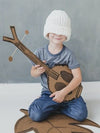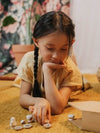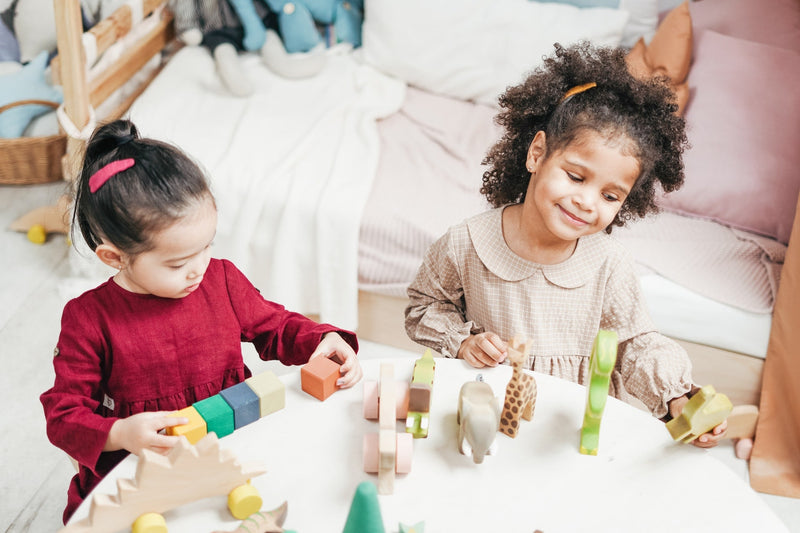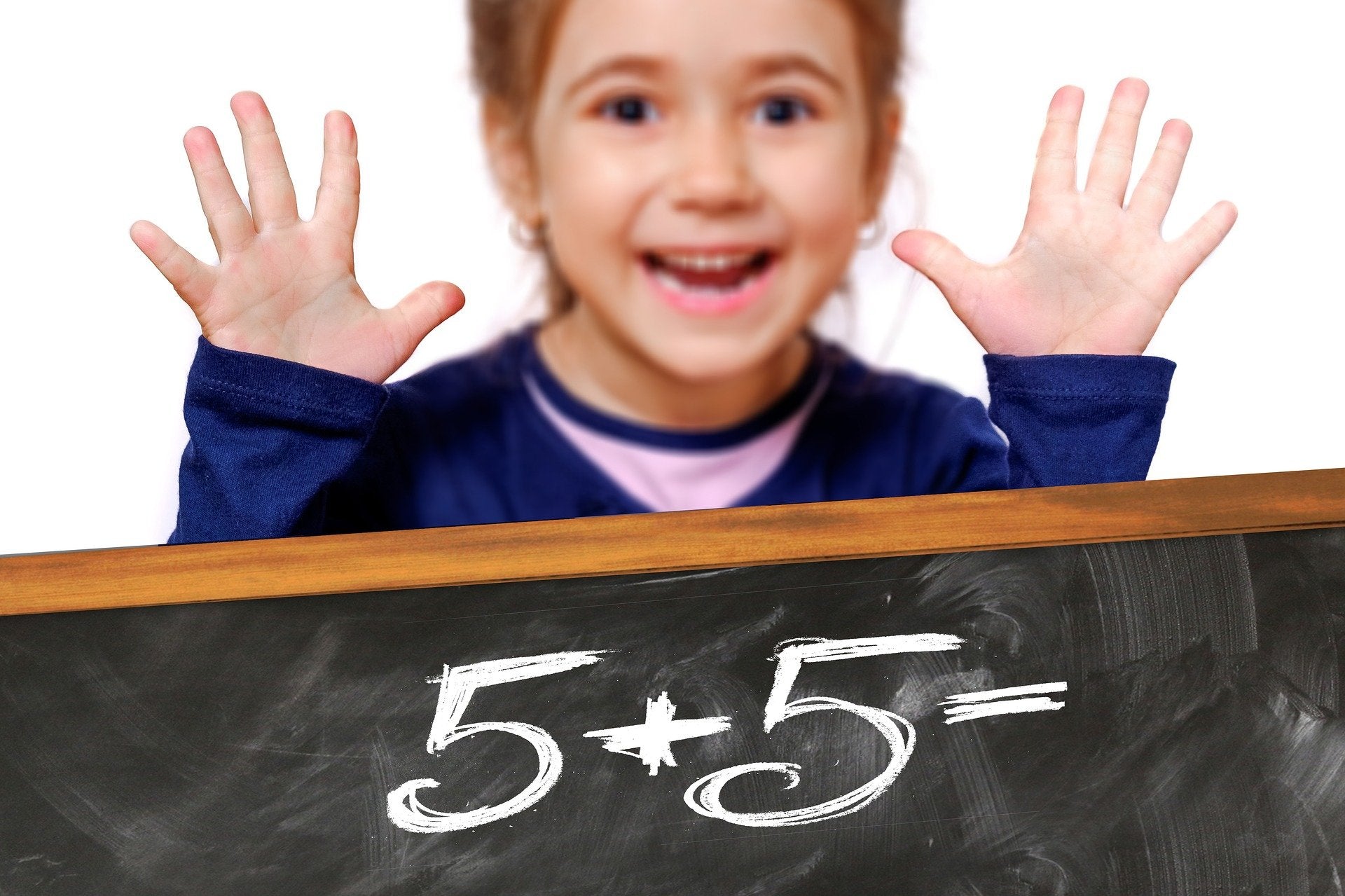Introducing numbers at an early age will give your children a good start in math. But recognizing numbers is difficult for a toddler because some numbers look alike. For example, many children have trouble telling the difference between 6 & 9 and 1 & 7.
So how can you teach your toddler to recognize the differences between the numbers 1 to 10? Here are some tips to help.
Counting with toddlers
Research suggests that toddlers even as young as 12 months have an idea of the number of objects in a setting down to about three objects. This comes from their innate sense of number.
Counting is learned when the toddler begins to make the connection between that innate sense of “how many there are” and the language we use to count “one, two”. It's the first step in learning numbers, and math in general, and it's the cornerstone of many early concepts.
So, can we count with a very small one? Absolutely, using a variety of real objects. And since counting and language are interrelated, reading to your little ones is just as, if not more, important.
Operations and algebraic thinking
Kindergarten students are expected to solve simple addition and subtraction problems using objects.
Parents can ask children to solve simple math problems during daily tasks. For example, they can ask children to take out the correct number of plates or place settings when setting the table for dinner.
Remember that the mathematical language children hear matters. During the game, you can use toys and say things like: “I'm going to give you two sticks, how many do you have now?”.
Songs and rhymes that include counting or counting down can also be helpful in teaching early addition and subtraction.
Learn to count to 10
Children should begin to understand that the number “ten” is made up of 10 “ones”.
Playing with wooden Montessori games like our Wooden Counting Board can help your child learn about numbers.
Counting fingers and toes is also a great way to highlight numbers from one to 10 just like coins.
Parents can play store with their kids using coins and have them buy toys for different amounts of pennies. During the game they can talk about how many toys they can buy with 10 cents.
Geometry
Early geometry skills include naming and identifying 2D shapes such as circles, squares, and triangles. Children also need to realize that shapes of different sizes, orientations and dimensions are similar.
Parents can draw children's attention to shapes in the environment. During a walk, you can point out that the wheels are circles, then ask your child to find other circles in the environment.

The Montessori Magnetic Tangram game can help your child learn to identify simple and more complex shapes. Puzzles, blocks, and Legos are another great way to help develop early spatial skills.






